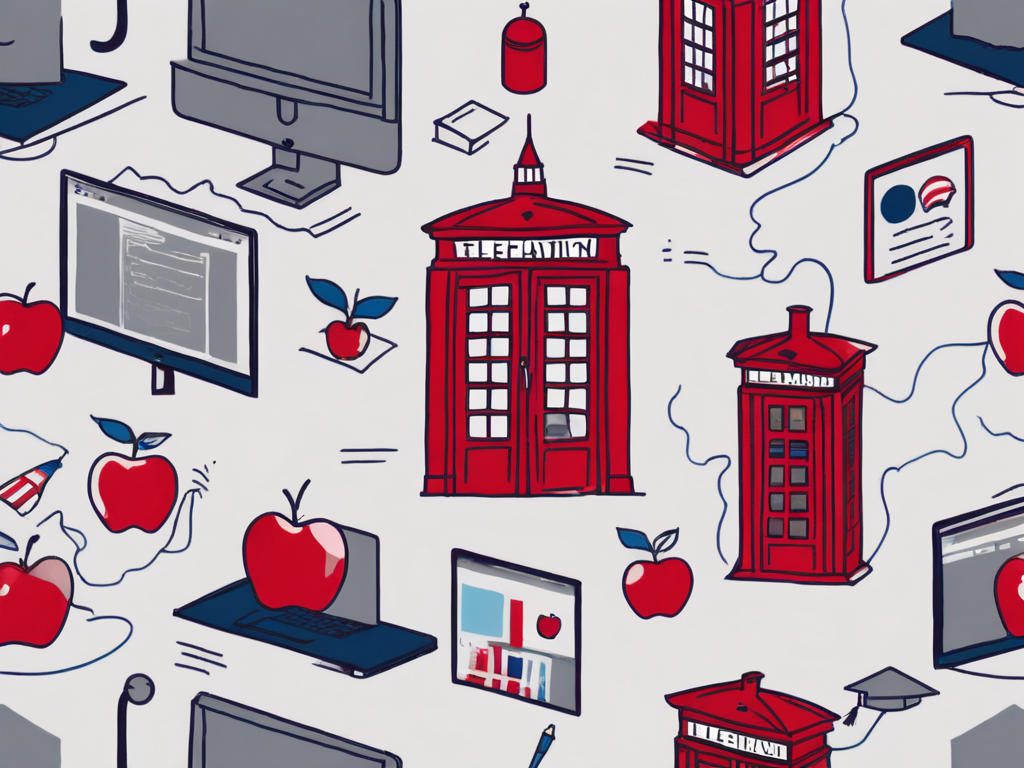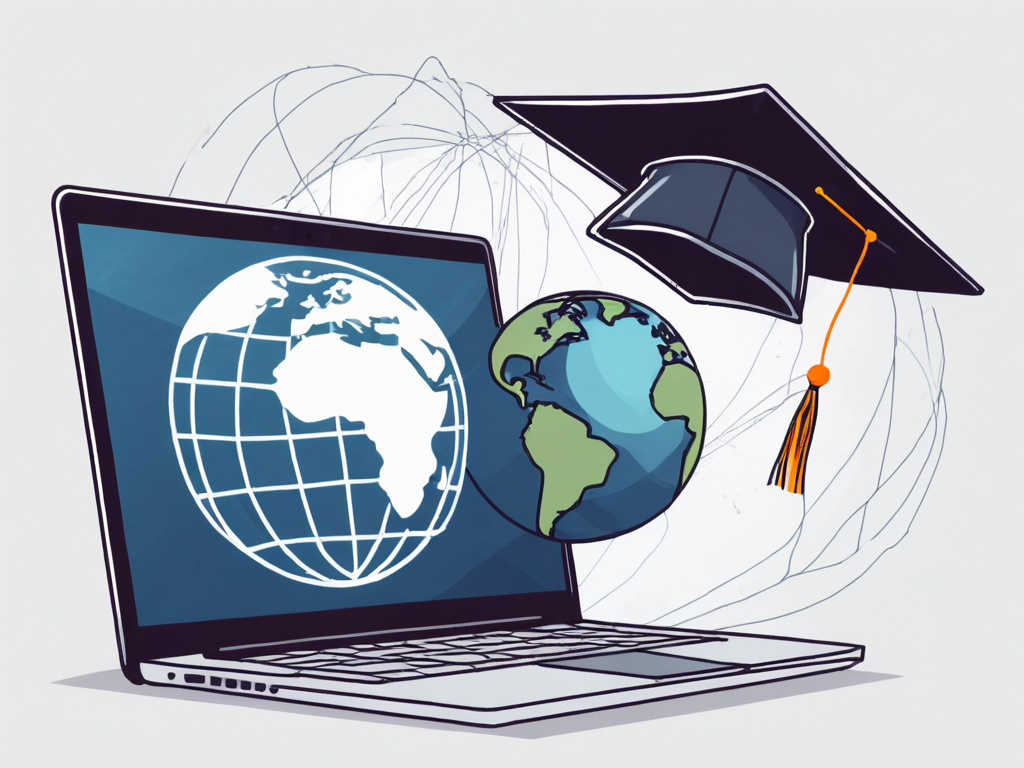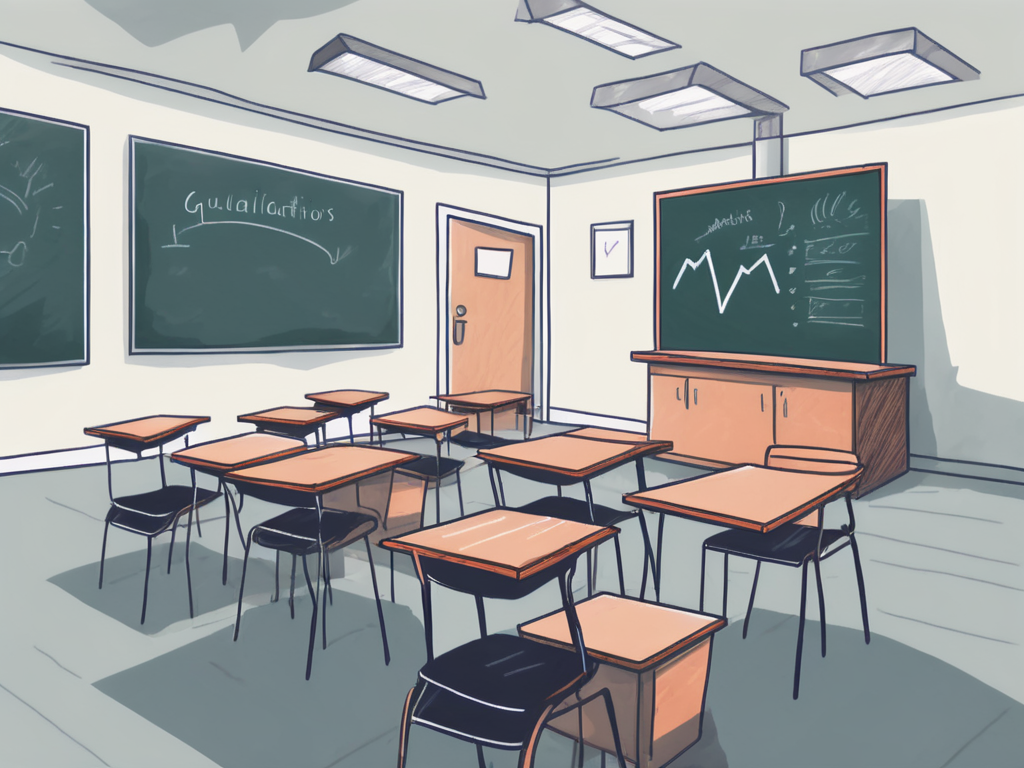Continuing Learning Remotely – Opportunities during in-person instruction cancellations in international schools

With the recent cancellation of in-person instruction in international schools, educators and students alike have faced a significant shift in their learning environment. The transition to remote learning has not been without its challenges, but it has also opened up new opportunities for both teachers and learners. In this article, we will explore the impact of in-person instruction cancellations and delve into the rise of remote learning as a necessary transition. We will also discuss the opportunities and challenges faced in this new learning landscape and provide strategies for effective remote learning. Additionally, we will take a glimpse into the future of remote learning in international schools, including the potential for blended learning post-pandemic and the question of whether remote learning will become a permanent fixture in education.
Understanding the shift to remote learning in international schools
As international schools suspended in-person instruction, the education community had to quickly adapt to remote learning. The sudden cancellation of face-to-face classes disrupted the traditional learning experience, forcing educators and students to navigate the virtual realm. This transition had a profound impact on all stakeholders of education.
International schools, known for their diverse student population and global curriculum, faced unique challenges during the shift to remote learning. The cultural exchange and international perspectives that are integral to these institutions had to be reimagined in a virtual setting. Teachers had to find innovative ways to maintain the global learning environment and foster cross-cultural understanding among students from different backgrounds.
The impact of in-person instruction cancellations
The cancellation of in-person instruction disrupted the well-established routines of students and teachers. The physical classroom, a space for collaboration and interaction, suddenly vanished, leading to a loss of social connection and the need for alternative modes of communication. Both students and teachers faced challenges in adjusting to this new reality.
Moreover, the absence of face-to-face interactions in international schools meant that students missed out on the opportunity to engage in cultural exchanges and language immersion experiences. These immersive learning opportunities are crucial for developing global citizenship and fostering empathy towards different cultures. The shift to remote learning highlighted the importance of finding creative ways to incorporate cultural diversity and global awareness into virtual classrooms.
The rise of remote learning: A necessary transition
However, amidst the challenges, remote learning emerged as a necessary transition. It provided an opportunity for educators to explore new pedagogical approaches and for students to develop valuable skills for the digital age. As the world becomes increasingly interconnected, the ability to learn remotely is becoming a crucial tool for students’ success in higher education and beyond.
Furthermore, the shift to remote learning in international schools prompted a reevaluation of the role of technology in education. Teachers had to adapt quickly to online platforms and digital tools to deliver engaging lessons and assess student learning effectively. This digital transformation not only changed the way education is delivered but also highlighted the importance of digital literacy skills for both educators and students in an increasingly technology-driven world.
Exploring the opportunities of remote learning
Remote learning, although challenging, presents unique opportunities for both students and educators. This section will explore some of these opportunities and shed light on how educators can leverage them to enhance student engagement and maximize learning outcomes.
Remote learning has become increasingly popular in recent years, especially with the advancement of technology. It allows students to access education from anywhere in the world, breaking down geographical barriers and providing flexibility in learning. This flexibility is particularly beneficial for students who may have other commitments, such as work or family responsibilities, as it allows them to study at their own pace and convenience.
Enhancing student engagement in a virtual environment
Remote learning provides an opportunity for educators to experiment with innovative teaching methods that promote student engagement. Through the use of interactive online platforms, multimedia resources, and virtual discussions, educators can create a dynamic and interactive learning experience that transcends the limitations of a traditional classroom.
Moreover, remote learning encourages students to develop essential digital skills that are increasingly important in today’s technology-driven world. By navigating online learning platforms, collaborating virtually with peers, and engaging in digital discussions, students not only enhance their academic knowledge but also their technological proficiency.
The role of technology in facilitating remote learning
Technology plays a crucial role in the success of remote learning. Online learning management systems, video conferencing tools, and collaborative platforms enable teachers to deliver content and facilitate discussions effectively. By embracing technology, educators can create a seamless and engaging learning experience for their students.
Furthermore, the use of technology in remote learning opens up a world of resources and information for students. With access to online libraries, research databases, and educational websites, students can delve deeper into their subjects and explore a wealth of knowledge beyond the confines of traditional textbooks. This not only enriches their learning experience but also encourages independent research and critical thinking skills.
Challenges faced in the transition to remote learning
While remote learning offers various opportunities, it also presents unique challenges. This section will address some of the key challenges faced by international schools during the transition and explore strategies to overcome them.
As schools around the world navigate the shift to remote learning, one of the critical challenges that has emerged is the need to support students who face a digital divide. This disparity in access to technology and the internet can significantly impact a student’s ability to engage effectively in online learning. Schools are working tirelessly to bridge this gap by providing devices and internet connectivity to students in need, ensuring that every learner has the tools required to participate in virtual classrooms.
Addressing the digital divide in international schools
One of the most significant challenges in the transition to remote learning is addressing the digital divide among students. Not all students have equal access to technology and the internet, which can hinder their ability to participate fully in remote learning activities. It is crucial for schools to identify and provide necessary support to students who are at a disadvantage, ensuring equitable access to education for all.
Moreover, in some cases, schools have set up virtual support centres to assist students in navigating technical issues and accessing online resources. These support services play a vital role in ensuring that no student is left behind due to technological barriers, fostering a more inclusive and supportive learning environment for all.
Maintaining academic integrity in a virtual setting
Another challenge in remote learning is maintaining academic integrity. With online assessments and limited supervision, the risk of cheating and plagiarism increases. Schools must implement robust measures to uphold academic standards and ensure that assessments accurately reflect students’ knowledge and understanding.
Additionally, educators are exploring innovative assessment methods that go beyond traditional exams to evaluate students’ learning authentically. By incorporating project-based assessments, virtual presentations, and collaborative assignments, schools are creating opportunities for students to demonstrate their skills and knowledge in diverse ways, promoting a more holistic approach to assessment in the virtual classroom.
Strategies for effective remote learning
To make the most of remote learning, educators can employ various strategies that foster active learning and effective communication between students and teachers.
Remote learning has become an integral part of the educational landscape, requiring both educators and students to adapt to new ways of teaching and learning. Embracing technology and innovative teaching methods is paramount in ensuring a successful remote learning experience.
Promoting active learning in a remote setting
Active learning is key to student engagement and retention of knowledge. Educators can incorporate activities such as virtual group projects, discussions, and simulations to promote active participation and critical thinking among students.
Encouraging students to take ownership of their learning process can also enhance active learning in a remote setting. Providing opportunities for self-directed learning and independent research can empower students to delve deeper into the subject matter and develop a deeper understanding of the material.
The importance of communication in remote learning
Communication is crucial in the remote learning environment. Teachers should establish clear channels of communication and provide timely feedback to students. Regular check-ins and virtual office hours can help students feel connected and supported throughout their remote learning journey.
Effective communication goes beyond just conveying information; it also involves creating a sense of community and collaboration among students. Encouraging open dialogue, fostering peer-to-peer interactions, and promoting a supportive learning environment can enrich the remote learning experience and facilitate meaningful connections between students and teachers.
The future of remote learning in international schools
As schools gradually return to in-person instruction, the future of remote learning remains a topic of discussion. While face-to-face classes often provide valuable social interaction, the benefits of remote learning cannot be overlooked.
Looking ahead, it is essential to consider the impact of remote learning on students’ mental health and well-being. The shift to online education during the pandemic has highlighted the importance of providing adequate support and resources to help students cope with the challenges of virtual learning. Schools must continue to prioritise mental health initiatives and create a supportive environment for students both in-person and online.
The potential for blended learning post-pandemic
Blended learning, which combines both in-person and remote instruction, may become a viable option for schools post-pandemic. This hybrid model allows for flexibility and personalized learning, catering to the diverse needs and preferences of students.
Moreover, the integration of blended learning can also lead to a more collaborative and interactive learning experience. By incorporating online tools and resources into traditional classroom settings, students can engage with course materials in a dynamic and innovative way, fostering a deeper understanding of the subject matter.
Remote learning: A permanent fixture in education?
Remote learning has proven effective in many aspects, from overcoming geographical barriers to promoting independent learning. It is plausible that remote learning will continue to be integrated into the educational landscape even after the pandemic, contributing to a more inclusive and accessible educational system.
Furthermore, the adoption of remote learning technologies opens up opportunities for international collaboration and cultural exchange among students. Virtual classrooms allow students from different parts of the world to connect, share ideas, and learn from each other’s diverse perspectives, enriching their educational experience.
In conclusion, the shift to remote learning in international schools, although challenging, has presented opportunities for growth and innovation. Educators have had to adapt to new teaching methods, utilize technology, and address various challenges. By embracing these changes and learning from the experience, the future of education in international schools can be dynamic, inclusive, and better equipped to meet the needs of 21st-century learners.
Take the Next Step in Your Teaching Career with IPGCE
As we embrace the dynamic future of education, IPGCE invites you to enhance your qualifications and join a global community of educators. Our International Postgraduate Certificate in Education (iPGCE) is designed to support your professional development, offering a Level 7 qualification that significantly increases your chances of securing interviews and advancing in your career. With the iPGCE, you’ll gain a deeper understanding of international curricula, connect with a worldwide network of professionals, and enjoy the flexibility to balance work with study. Don’t let inadequate credentials or isolation limit your potential. Be part of the UK’s #1 Teacher Training Course and make a substantial impact on your career and the world of education. Join the iPGCE program today and become the educator you aspire to be.






